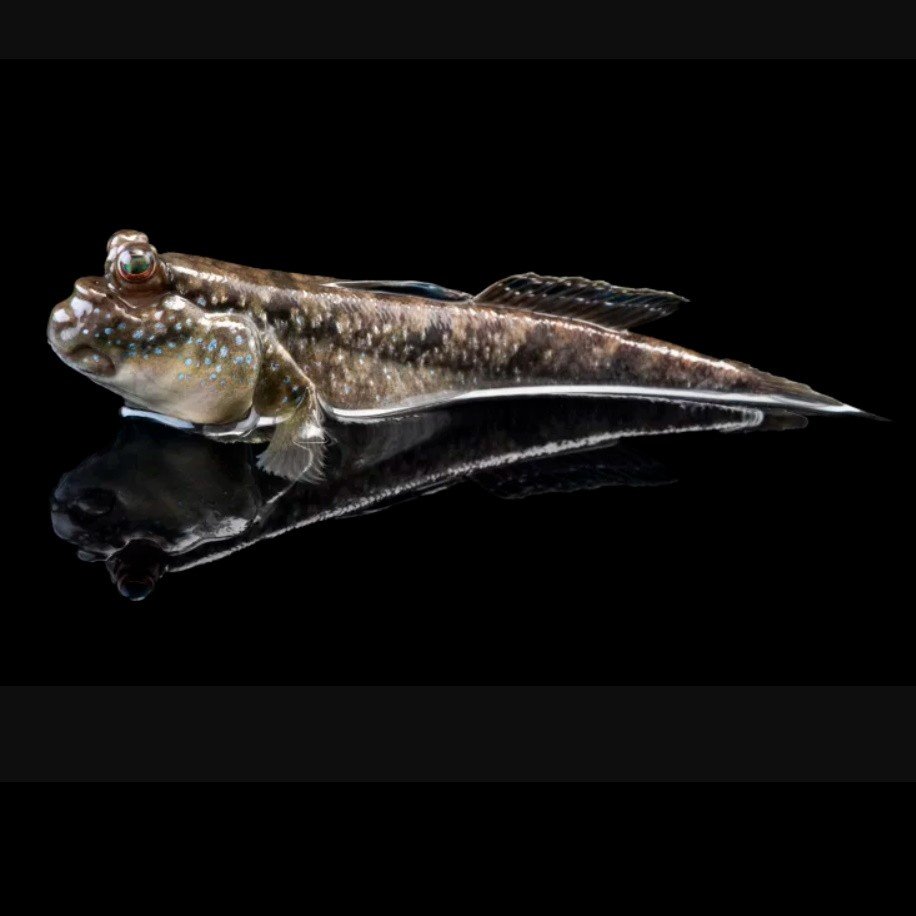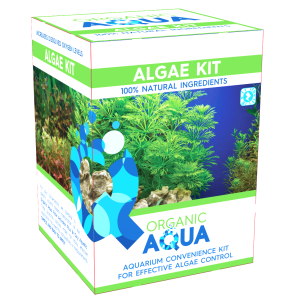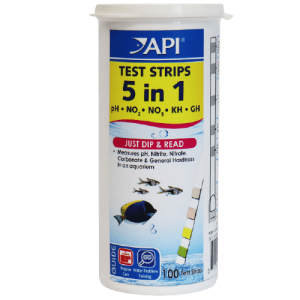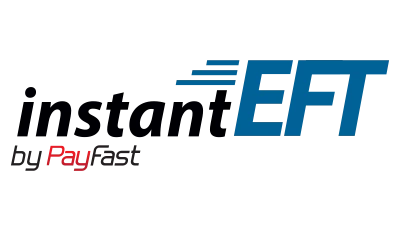Banded Mudskipper – 7cm
R185.00
Before ordering live fish, please click to check if we can safely ship livestock to your location.
Please note that fish image is a representation of what the fish might look like as an adult.
The Banded Mudskipper is type of West African Mudskipper (Periophthalmus barbarus) and is the largest of the common species, up to 25 cm, and is often completely intolerant of any tankmates and is best kept in brackish water. Recommended for advanced aquarists with larger brackish amphibious tanks.
Looking for an oddball fish which grabs attention? The mudskipper spends the majority of it’s time above the waterline They have an interesting behavior and a very entertaining social structure (the males in particular have quite energetic displays!). More so than other brackish fish, mudskippers require a very specialized tank for their long term care and aggression can widely vary based on species.
Mudskippers are gobies (family Gobiidae), under the subfamily Oxudercinae. Though there are around 41 known species of mudskippers, only 5 make their way into the ornamental fish trade with any real regularity.
Behaviour
Mudskippers are typically very territorial animals. The West African Mudskipper, for example, when kept in large groups will eventually attack each other until only one is left in the tank.
Like all mudskippers, the West African Mudskipper is able to breathe air through it’s skin, and the lining of their mouth and throat. They are also capable of “walking” on land using their modified pectoral and pelvic fins. While on land, their pectoral fins can be rotated around their central axes, which allows them to “drag” themselves along through the mud. When “skipping”, the tail is bent forwards and off to one side, forming a sort of springboard which allows them to suddenly skip or jump across the mud when they flex their tails.
They posses enlarged gill chambers that allow them to retain a bubble of air. When on land, the gill chamber is tightly closed off by a valve in the gill slit which allows their stiff gills to remain moist. Because their gill filaments are so stiff, and do not coalesce when out of water, the Mudskipper has the ability to remain on land for extended periods of time. In fact, in terms of physiology, the gills of mudskippers are better suited to atmospheric than aquatic respiration.
West African Mudskippers have attractively colored dorsal fins that they use to “flag” other individuals when they infringe on their territory or to attract a mate. They will quickly raise and lower their dorsal and often will hold it in an upright position for a few seconds to warn rivals.
The Mudskipper’s eyes are set high on their heads giving them a 360° view of their domain. Their eyes give them a cute, inquisitive expression and in aquarium environment, they will scoot close to the tank glass to see what is going on, and will quickly recognize their keepers when they are outside of the tank. Mudskippers are easily trained and actually seem to enjoy climbing onto their keepers hand to accept food .
Tank Conditions
Unique among the gobies, mudskippers are amphibious animals. When feeling secure, they spend more time out of the water than in it. So your tank setup should have plenty of land area for them to get out of the water. To keep them from drying out when out of the water, mudskippers require high humidity and do best with a muddy substrate which retains moisture. However, a muddy substrate in a fish tank is a pain to work with but fine sand is usually a good substitute. They are best housed in at least a 120 litre tank (for a single fish) with an exposed mud, fine gravel, or sandy substrate “beach”, some partially submerged driftwood or bogwood, a few rocks, and a tightly closed cover to maintain the humid conditions they require and prevent them from leaving the tank. If keeping more than one, a minimum tank of 200 litres is recommended.
Mudskippers are more than happy to climb on tank ornaments provided to them. Live plants in general are difficult for mudskipper aquariums as most aquatic plants either can’t handle the salinity. Java Fern is often recommended as it will grow submerged or immersed. Terrestrial plants may do well here but take care that they are not exposed to the salty water.
Like many amphibious tank pets, mudskippers WILL climb out the tank if there is an opening. They are skilled climbers and the suction cups, which are present in gobies, makes them perfectly adapted for shimmying up glass walls. They do need ventilation, though, so make sure there are ways for fresh air to enter the tank. Because they can only breathe air through their skin when it is wet, their habitat is limited to extremely humid climates where they can easily keep themselves moistened when out of water.
Provide your mudskippers with a good quality filtration system and regular water changes to eliminate nitrates and ammonia, and maintain the parameters needed for the other species that are being housed with them. Outside canister filters are highly recommended for these fish.
Groups of 5 can be housed in a much larger tank that gives them enough room to set up individual territories, however when crowded together, only one dominant individual will eventually remain.
Compatibility
The difficult thing about choosing tankmates is that mudskippers are both skittish and predatory. Fish and invertebrates that are too small are likely to end up as food but those that are too big (or too aggressive) will intimidate the mudskippers, preventing them from using the water as needed. The most reliable set ups for these animals are species-only tanks.
Your best bets for tankmates are livebearers of suitable size are large Mollies or mellow killifish. Sailfin Mollies may also work for the other species for a long time, though the maximum size of 20 to 25 cm makes this less appealing as the mudskipper grows. Keep in mind that adding other fish will require a suitably large area for swimming.
Fish Compatibility Chart
Feeding
Mudskippers are omnivores and will accept a wide variety of foods. While they will eat foods like algae flake and smaller pelleted foods, it’s best to incorporate some live and frozen foods in their diet as well. Brine Shrimp, Mysis Shrimp, small chunks of seafood, pieces of earthworms, wingless fruit flies, and the occasional cricket are all fine options. Avoid tougher insects like mealworms and super worms.
With a little training they will recognize you and readily climb onto your hand to accept food.
Care
Like all mudskippers, West African Mudskippers are greedy and messy.
Brackish water with a specific gravity ranging from 1.003 to 1.015 is recommend. Because mudskippers are adaptable to an ever-changing environment, they are highly tolerant of various degrees of salt in their aquarium water.
Mudskippers are able to live in water that would be totally unsuitable for most fish. While this is not desirable and is certainly no excuse for neglect, they can survive for a while in water containing high concentrations of ammonia. Water that has low oxygen levels is no problem because the mudskipper obtains most of its oxygen from the air.
See Fish Disease Diagnosis and Treatment at Rebel Pets for help with diagnosing and treating diseases.
| Category | Rating |
|---|---|
| Adult Size: | up to 25 cm |
| Aquarist Experience Level: | Advanced |
| Minimum Tank Size: | 120 litres for one, 200 for several |
| Temperament: | Aggressive & Territorial |
| Tank Level: | Amphibious, need to get out of the water. |
| Diet: | Omnivore, eats most foods |
| Aquarium Hardiness: | Hardy as adults |
| Lifespan: | 6 Years |
| Water Flow: | Moderate |
| Temperature: | 24 to 27°C |
| Salinity Specific Gravity: | 1.003 to 1.015 (Brackish) |
| pH: | 7.5 – 8.0 (don’t do well in acidic water) |
| Hardness: | 10 to 25 dGH |
Shipping Countries: South Africa
Shipping States: Gauteng (South Africa)
User Reviews
Be the first to review “Banded Mudskipper – 7cm”
You must be logged in to post a review.

REPTILE ONE UVB 2.0 TUBE 18W 24″ T8
Product Enquiry

R185.00



















There are no reviews yet.